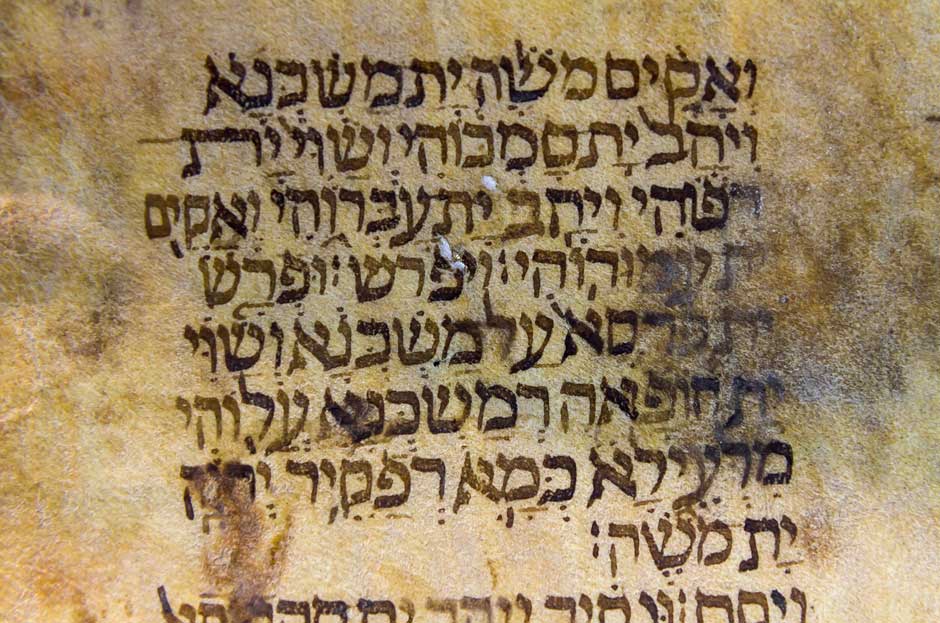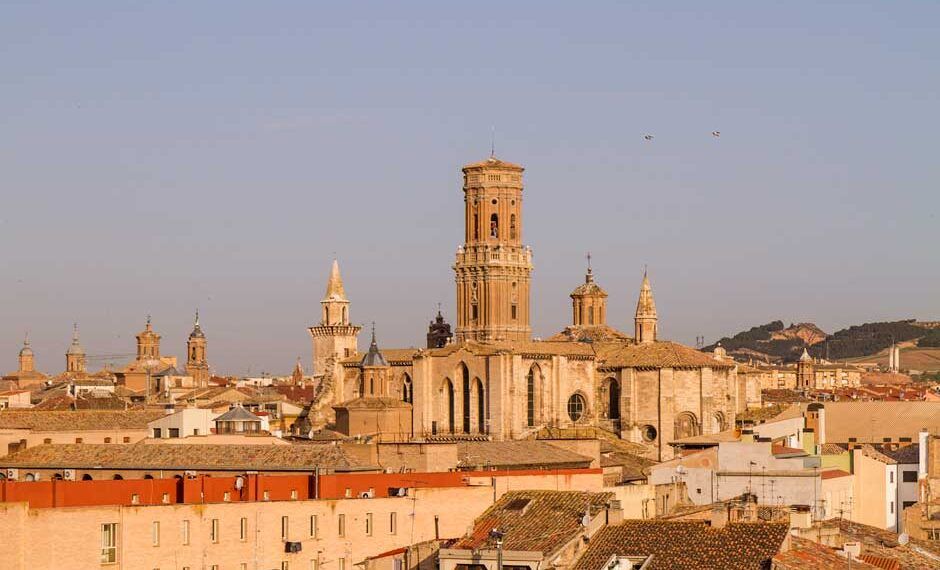On the banks of the Ebro River, in southern Navarre, Tudela reveals a legacy hidden among narrow streets and historic squares. This is the birthplace of Benjamin of Tudela, the traveler who crossed the medieval world and left a unique testimony of Jewish communities. His figure is the gateway to a story that blends cultural splendor, coexistence, and memory in a city that today invites visitors to rediscover its traces with a contemporary gaze.
In the twelfth century, when Europe was just beginning to open to trade and culture, a man born in Tudela embarked on a journey that would make him a universal chronicler. Benjamin of Tudela left this Navarrese city for the East, visiting Jewish communities from Provence to Baghdad, passing through Constantinople, Jerusalem, and Egypt. His work, the Book of Travels, is far more than a guide: it is a living map of the Sephardic diaspora, a detailed portrait of Jewish life across the Mediterranean and the Near East.
Benjamin did not merely describe cities and synagogues; he recorded customs, population figures, political tensions, and trade routes. Thanks to him, we know how communities were organized, what professions they practiced, and how they preserved their faith in uncertain times. His inquisitive and precise gaze reflects the cultural importance of Tudela, a city that in his era was a nerve center of knowledge and coexistence.
To understand the dimension of this traveler and the world that inspired him to venture into distant lands, we must look at the city where he was born. Tudela was not an isolated point but a cultural and economic hub where the Jewish community reached one of its greatest moments of splendor. That context explains why Benjamin could depart with a solid education and an open vision, shaped by a society that for centuries was an example of coexistence and learning.
 Jewish History in Tudela: Splendor and Challenges
Jewish History in Tudela: Splendor and Challenges
Jewish presence in Tudela dates back to the ninth century under Muslim rule and was consolidated after the Christian conquest in 1119 by Alfonso I. From then on, the city became one of the most important Sephardic centers in the Iberian Peninsula. During the eleventh and twelfth centuries, Tudela experienced its Golden Age: alongside the famous Benjamin, scholars such as Abraham Ibn Ezra, mathematician and astronomer, and Yehuda ha-Levi, poet and philosopher whose work remains a cornerstone of Hebrew literature, flourished here.
The Jewish community excelled not only in intellectual pursuits. It was an economic engine, active in trade, medicine, and finance. Figures like Ezmel of Ablitas founded Navarre’s first bank in Tudela, consolidating the city as a financial hub of the kingdom. The Jewish quarter also enjoyed privileges, such as the custody of the city walls, and maintained autonomous organization with its own institutions.
However, prosperity was not eternal. From the fourteenth century onward, social and religious tensions intensified. The Black Death, attacks such as the Pastorelos uprising in 1328, and restrictive laws eroded coexistence. Finally, in 1498, six years after the expulsion decree in Castile, Jews were forced to leave Navarre. With them vanished a tradition that had given Tudela its cosmopolitan character.
A Walk Through the Jewish Quarter: Living Memory
Today, Tudela’s Jewish memory is discovered in its streets. The city preserves two historic quarters: the Vetula, the oldest, located near the cathedral and the Queiles River, and the New Quarter, created in 1170 by Sancho VI near the castle. Walking through Plaza de la Judería and its adjoining alleys is to relive the urban fabric where synagogues, schools, and noble houses once stood.
The route includes emblematic points such as the cathedral cloister, where remains possibly linked to an ancient synagogue were found, and streets that still bear names tied to Hebrew tradition. Signposted itineraries allow visitors to follow the medieval layout, while guided tours provide historical context and anecdotes that enrich the experience.
Each year, as a member of the Jewish Heritage Network – Caminos de Sefarad, Tudela celebrates the European Day of Jewish Culture and the Medieval Market of the Three Cultures, filling the city with music, workshops, and gastronomy inspired by Sephardic recipes. These events are not mere commemorations; they are bridges between past and present, invitations to rediscover the diversity that shaped Navarre’s history.









